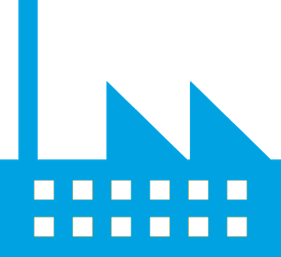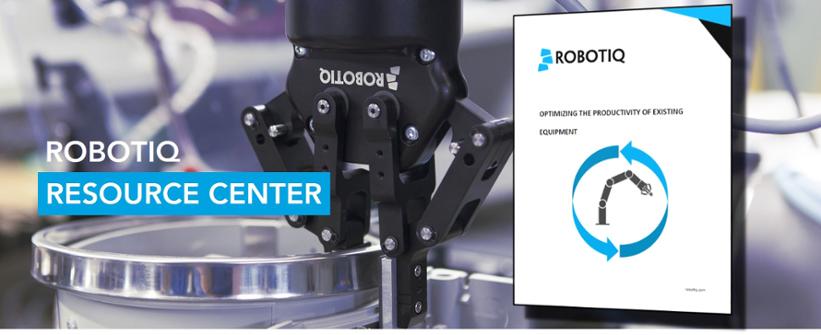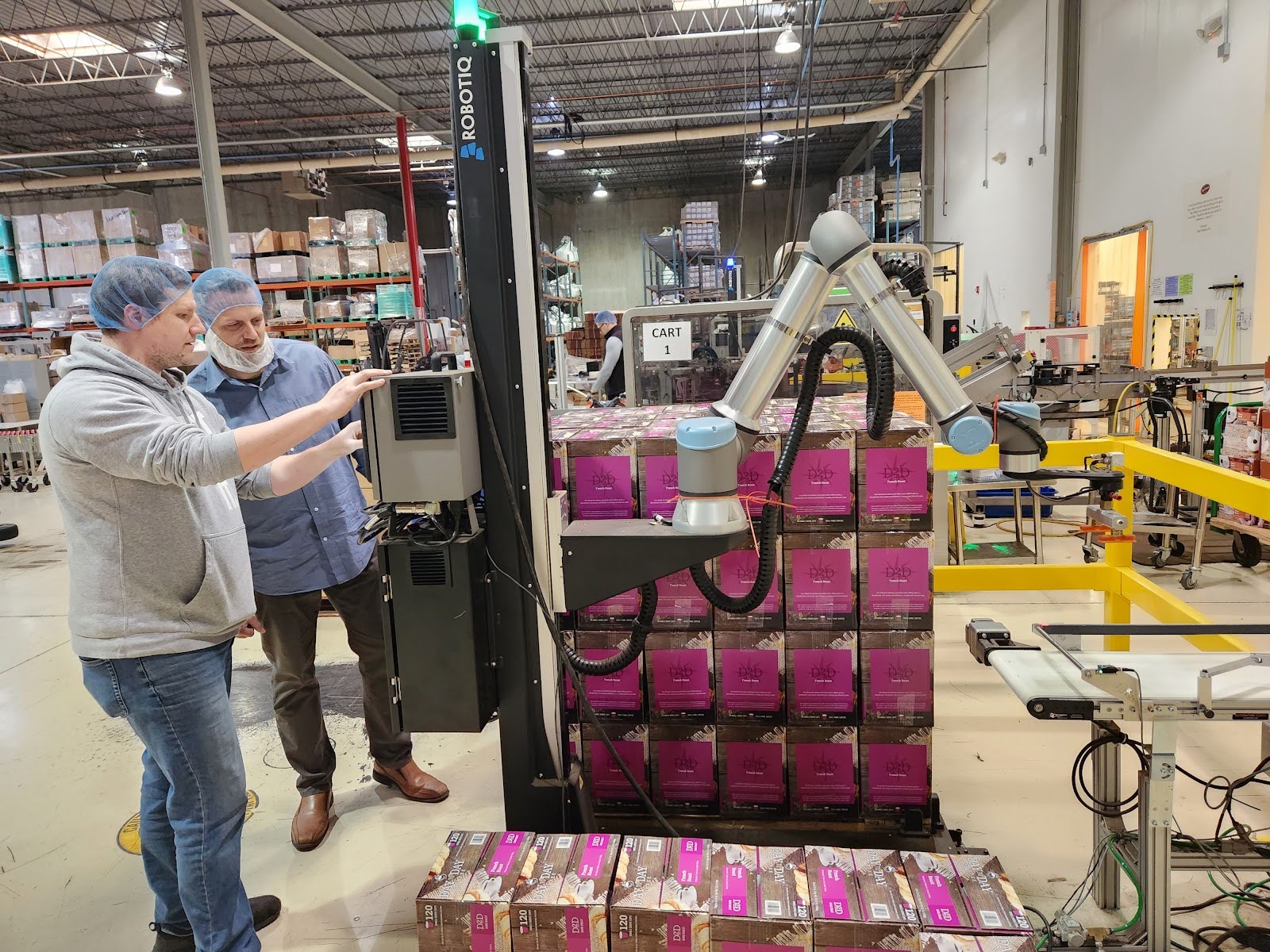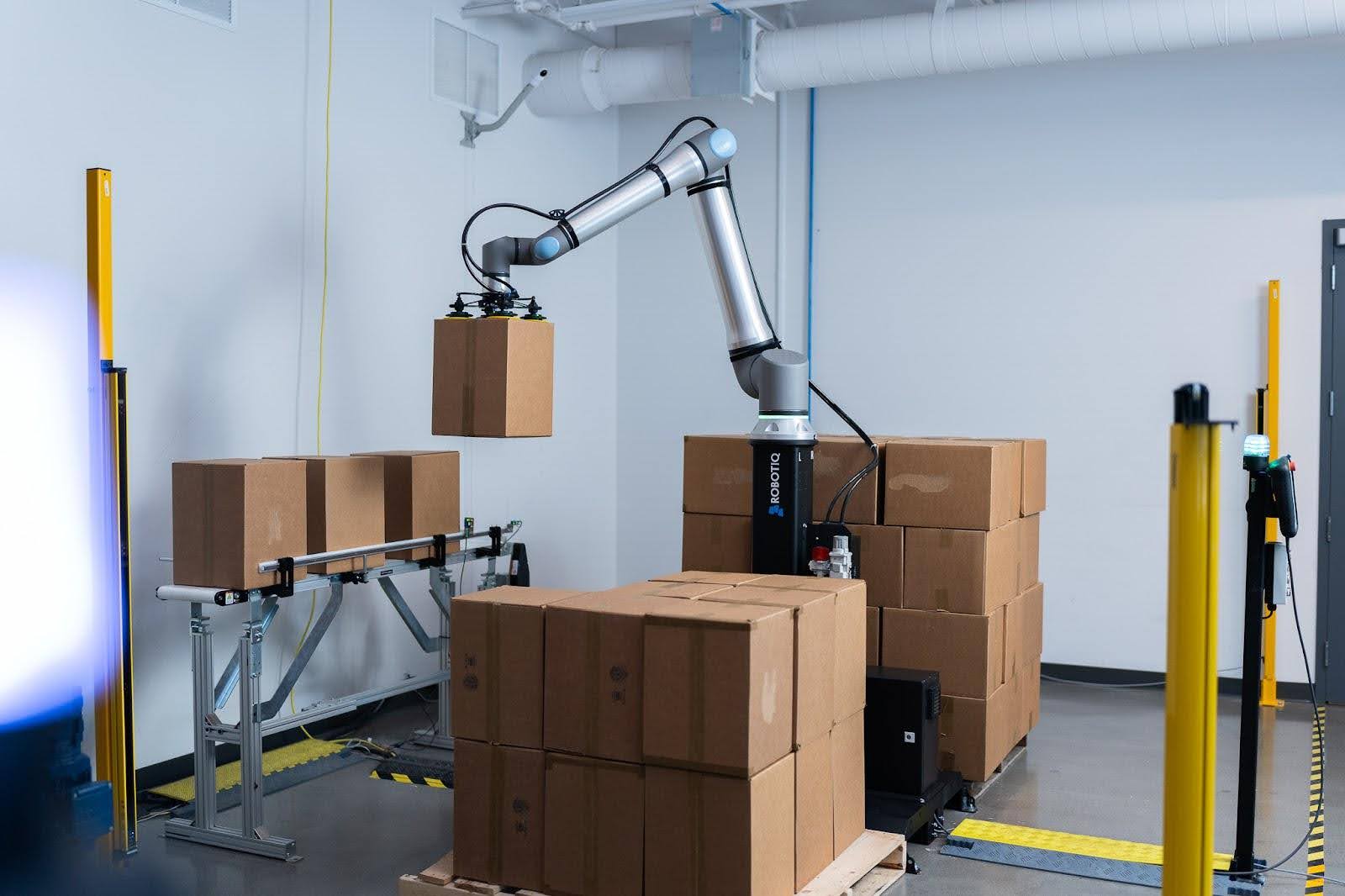Increasing Productivity in Manufacturing: Optimizing the Production Layout

Posted on Sep 21, 2016 7:00 AM. 2 min read time
 Another key aspect to increasing productivity is making sure production flows smoothly. One of the many aspects ensuring this is to make sure you have an optimized floor layout.
Another key aspect to increasing productivity is making sure production flows smoothly. One of the many aspects ensuring this is to make sure you have an optimized floor layout.
For example, here at Robotiq, less than a year ago we had a totally different layout on our production floor. This was mainly due to factors like fewer products in our production line, lower quantities to produce and also the fact that a year ago there was no really obvious need to look at this because we were on time for production.
However, with the outstanding increases that we have experienced over the last year, we had to look more closely at these factors. Hiring was of course a must do, but this process takes some time. So we decided to look at the layout and the way our manufacturing process works. We implemented the Toyota Way, using Kaizen and 5S.
First we fixed our objectives. We wanted to increase our productivity and improve our quality. So we looked at how to accelerate the production process by making life easier for our employees. Then we modified the overall operations and worked on improving them, after which we implemented poka-yoke or an inadvertent error prevention system.
We separated the entire assembly line into small operations or steps. We evaluated each step individually using a scoring method with different criteria, for example, if the task was easy or if a lot of defects were happening at some particular step. The tasks that were more complex were simplified and we worked to have a perfect product 100% of the time.
Once every operation was reviewed, we created a workflow analysis for how the product, in this case a Gripper, should be assembled. So unless we are doing random operations, we have scientifically quantified the number of fingers we need to produce per day and how many electrical boards need to be welded to meet our sales expectations. Once all of this has been done, the tasks were placed in a logical order. From this moment on we have doubled our production; and we are still increasing productivity with minor weekly modifications to the line.
This doubled our capacity while adding only 1 person to the manufacturing process. Now what is our next step? Since our manual labor process has been optimized; our next project is to look at using robots to further improve our production!
Read more about optimizing productivity in our eBook: Optimizing the Productivity of Existing Equipment.








Leave a comment